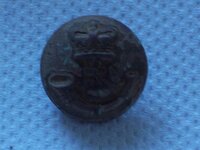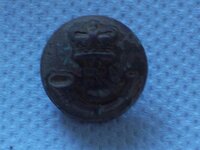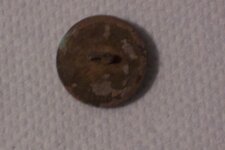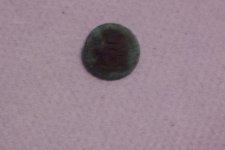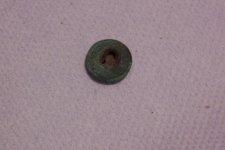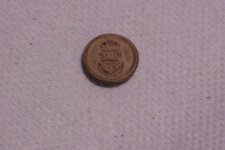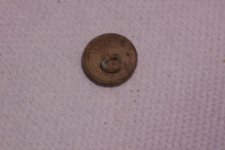Newfiehunter
Hero Member
- Oct 20, 2007
- 742
- 342
- Detector(s) used
- Currently own: Fisher CZ5, Eurotek Pro, Tesoro Vaquero, Tesoro Cortes, Vibraprobe 560, Vibradetector 720, Garrett ProPointer. Makro Pinpoiinter Used: Whites Liberty2, Garrett Freedom3, Garrett GTA 1
- Primary Interest:
- Metal Detecting
Hi all!
I'm primarily a coin hunter and not a relic hunter, so my knowledge of relics is limited. However, I have found these items and wondering if they are Royal Navy and if so, from what time period. I think you can tell from the crowns on the buttons. Any information on these items would be appreciated.
One more thing! These items are beginning to disintegrate as you can tell with the buckle....How do I stop the corrosion? I haven't really cleaned them as they have been in my box of miscellaneous items for about a year or so...Please help as I am beginning to appreciate these items more...Thanks!
By the way, I found these relics at one site...
I'm primarily a coin hunter and not a relic hunter, so my knowledge of relics is limited. However, I have found these items and wondering if they are Royal Navy and if so, from what time period. I think you can tell from the crowns on the buttons. Any information on these items would be appreciated.
One more thing! These items are beginning to disintegrate as you can tell with the buckle....How do I stop the corrosion? I haven't really cleaned them as they have been in my box of miscellaneous items for about a year or so...Please help as I am beginning to appreciate these items more...Thanks!
By the way, I found these relics at one site...


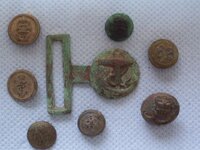
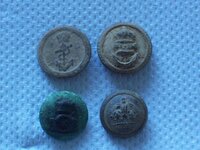
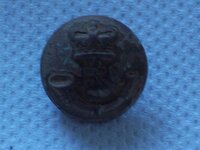

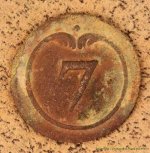
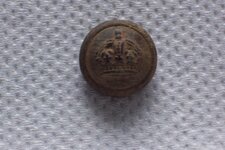
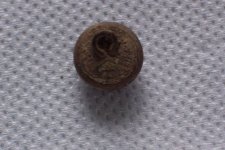
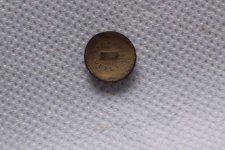
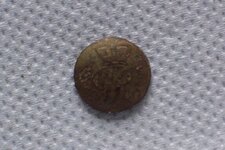
 I better go "study",my Bazelton book a little closer!!!
I better go "study",my Bazelton book a little closer!!!
